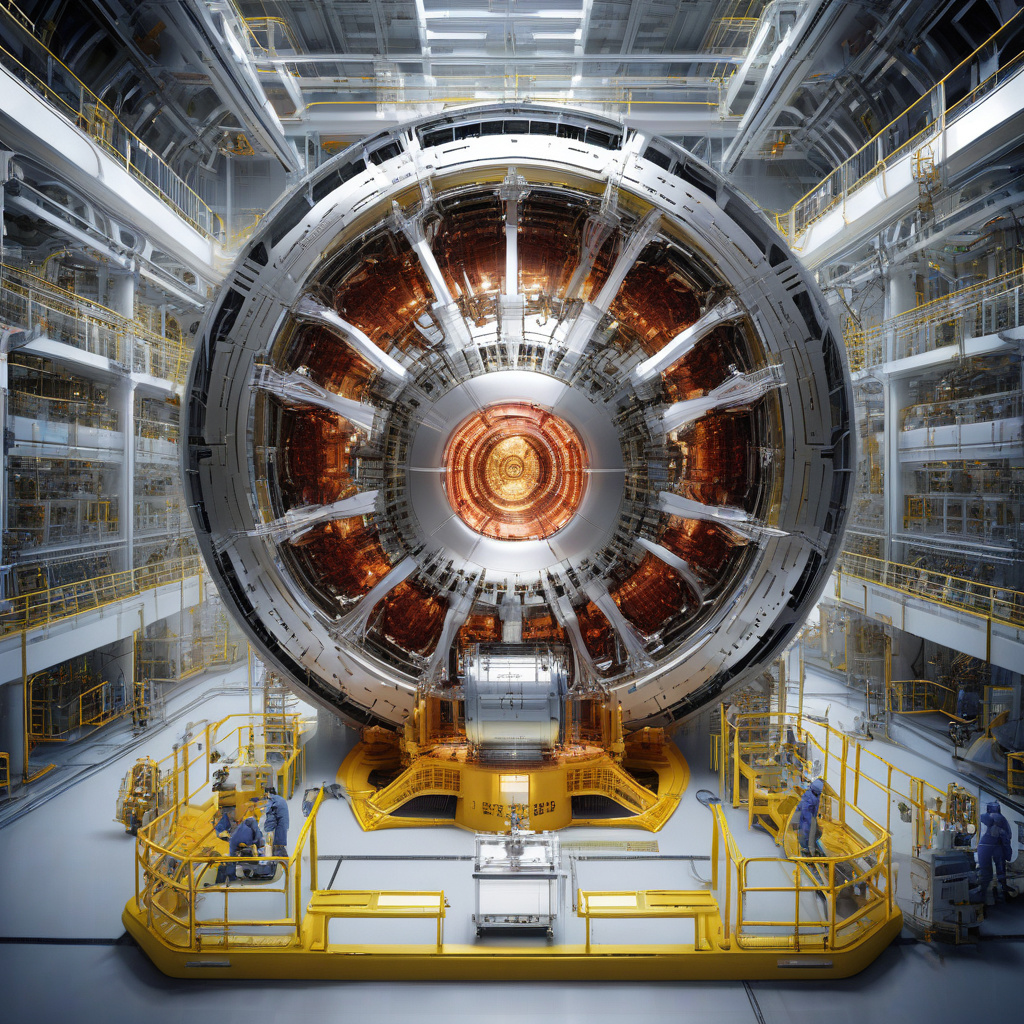China’s Fusion Breakthrough: HL-3 Tokamak Achieves Dual 210 Million °F Milestone in a First
China’s fusion reactor has achieved a significant breakthrough by achieving dual 100 million degrees for the first time in the world. The HL-3 tokamak, a next-generation fusion device developed by China’s Institute of Plasma Physics, has set a new record by reaching a scorching temperature of 210 million degrees Fahrenheit in its core, marking a monumental milestone in the field of nuclear fusion research.
This remarkable achievement demonstrates China’s commitment to advancing fusion technology and its position as a global leader in the pursuit of clean and sustainable energy sources. The HL-3 tokamak, which is designed to replicate the process that powers the sun and stars, holds immense potential for providing a virtually limitless supply of clean energy by harnessing the power of nuclear fusion.
The dual 210 million degrees Fahrenheit milestone is a testament to the incredible progress that has been made in the development of fusion technology. By reaching such extreme temperatures, scientists are able to create the conditions necessary for hydrogen atoms to fuse together and release vast amounts of energy, mirroring the process that occurs in the sun.
One of the key advantages of nuclear fusion is its abundance of fuel sources. Fusion reactions can be sustained using isotopes of hydrogen, such as deuterium and tritium, which are readily available and can be extracted from seawater. This stands in stark contrast to traditional nuclear fission reactors, which rely on uranium and produce hazardous radioactive waste.
Moreover, nuclear fusion is inherently safe, with significantly reduced risks of meltdowns and radioactive leaks compared to fission reactors. Fusion reactions are self-limiting, meaning that any disruptions in the process would cause the reaction to cease automatically, preventing the possibility of a runaway reaction.
The successful operation of the HL-3 tokamak represents a significant step forward in the development of practical fusion energy. While challenges remain in terms of sustaining fusion reactions for extended periods and extracting more energy than is required to initiate the reactions, the progress made by China’s fusion researchers is a cause for optimism.
In addition to the technical achievements, the HL-3 tokamak’s breakthrough underscores the importance of international collaboration in advancing fusion research. Fusion energy has the potential to revolutionize the global energy landscape, offering a clean and virtually limitless source of power that could help address the dual challenges of energy security and climate change.
As China continues to invest in fusion research and development, the country is poised to play a pivotal role in realizing the dream of commercial fusion power. The successful operation of the HL-3 tokamak is a testament to China’s scientific and technological capabilities and its determination to lead the world in the development of next-generation energy solutions.
In conclusion, China’s achievement in reaching dual 210 million degrees Fahrenheit in the HL-3 tokamak represents a significant milestone in the quest for practical fusion energy. With continued research and innovation, fusion technology has the potential to transform the global energy landscape and usher in a new era of clean and sustainable power generation.
fusion, China, HL-3 tokamak, nuclear energy, sustainable energy











